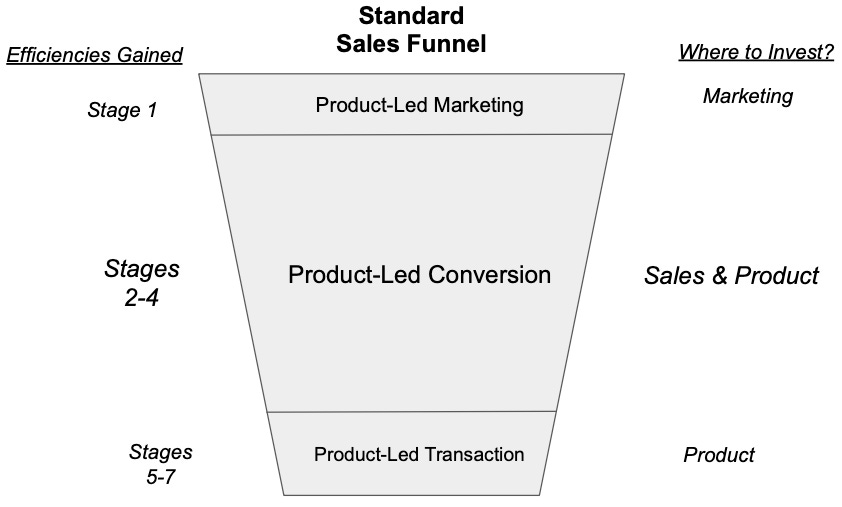#9 PLS>PLG
I recently had a long discussion with a VP of Product who’s iterated on PLG for several years. After deploying several PLG motions, the product team on their own could never quite implement a principle that directly moved the needle on revenue.
After almost abandoning additional iterations, he stumbled upon something interesting; many of the companies using the open sourced version of their product were outside of their target market.
The end-users leveraging the free and limited usage of the product would not get on the phone (very introverted engineers) and get into the funnel, but these non-target companies had large engineering teams with ample budget to buy their solution.
With this data in hand, he worked with the company’s VP of Sales to experiment a highly targeted outbound motion to the VPs and C-level engineering folks at those companies.
It worked.
The sales reps sent highly targeted emails discussing how the executive’s team currently saw value from the product, the incremental value they would get with premium features, and tied those points to the target’s 2023 business objectives (discovered by digging into the 10-K’s).
PLG as a motion to replace sales and efficiently convert customers should not be the correct expectation for most companies. But by aligning product/sales/marketing team around the same KPIs for the PLG initiative, they can collectively leverage these motions to optimize funnel efficiencies.
If you are VP of Product and trying to determine what PLG strategies to implement, my advice is to experiment feverishly with the easiest to implement, test it, and work closely with sales/marketing to exhaust all potential benefits of the motion.
It’s not as simple as X+Y=Z. Efficiencies are to be gained across all levels of the funnel - architecting the entire GTM motion around figuring this out is the only way to implement effectively.


